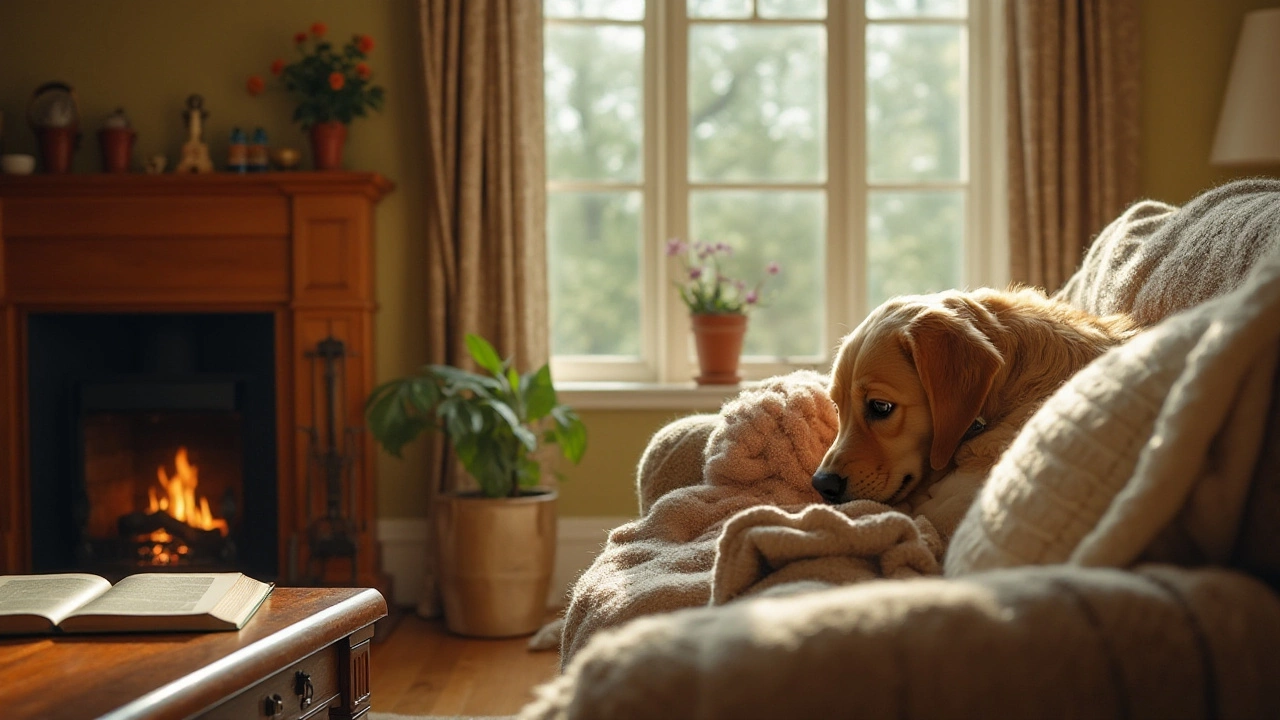Seating Preferences for Dogs: Choosing the Best Spot for Your Pup
Ever wondered why your dog always plops on the couch while you’re watching TV, or why they sometimes snuggle up in your bed at night? It’s not random – dogs have clear preferences that tell you a lot about their comfort, security, and bond with you. In this guide we’ll break down the top places dogs love to sit or sleep, why they pick each spot, and easy ways to make those spots even better.
1. The Bed, Crate, or Your Bed? Decoding the Classic Debate
Most owners ask, “Should my dog sleep in a dog bed, a crate, or with me?” The answer isn’t one‑size‑fits‑all. Dogs that choose a dedicated dog bed often do so for independence – they have a safe, personal space they can claim. A crate works like a den; it offers a tight, enclosed area that reduces anxiety for many pups, especially those who were raised in crates.
Co‑sleeping with you signals strong attachment. Science shows that dogs who sleep with their ‘alpha human’ aren’t necessarily submissive; they’re simply seeking warmth, security, and a social bond. If you’re okay with sharing the bed, make sure the dog’s size fits the mattress and that you both have enough room to move.
Practical tip: Try rotating the sleeping spot for a week each – the dog bed, the crate, then your bed. Watch which one they return to most often. That spot is their preferred seating preference, and you can then tailor the area (add a blanket, adjust temperature, etc.) to keep them comfortable.
2. Couch, Floor, or Favorited Floor Rug?
When you’re on the couch, many dogs jump up instantly. The couch offers elevation, a view of the room, and a soft surface – all signals of status and security. If you don’t want them there, use a pet‑friendly couch cover and a firm dog bed nearby. Dogs will often settle for the nearest comfy spot.
Some dogs love the coolness of a tiled floor or a thick rug. They gravitate to these surfaces when it’s hot outside or when they need a firm base for joint support. Providing a cool mat or a designated rug in a quiet corner can satisfy that need without sacrificing your furniture.
Tip: Place a favorite blanket or a piece of your clothing on the chosen spot. Your scent reinforces it as a safe place, encouraging the dog to stay there longer.
Understanding your dog’s seating preferences isn’t just about comfort; it can also prevent behavioural issues. A dog forced into an unwanted spot may chew, whine, or develop anxiety. By observing where they naturally settle and supporting that choice, you promote a calmer, happier pet.
Next time you see your pup claim a spot, pause and ask why. Is it the temperature, the view, or simply the feeling of being close to you? Use the insights above to set up multiple inviting zones – a cozy dog bed, a secure crate, and a shared sleeping area – and let your dog decide. The result? A well‑rested dog who knows they’re safe and loved.
Why Your Dog Loves Stealing Your Seat: Analyzing Their Cozy Habits
Ever wonder why your dog always plants itself in the spot you just vacated? This behavior is common and can reflect various instincts and emotions such as seeking warmth or maintaining a bond. Understanding these habits can help improve the comfort of your four-legged friend and enhance your relationship. Explore tips on how to manage and understand this quirky behavior.
